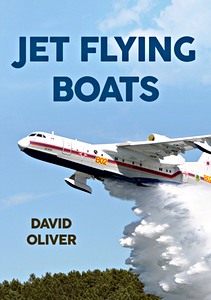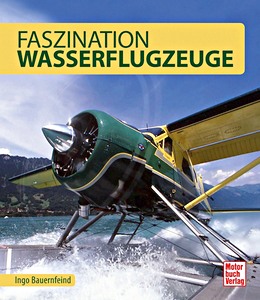Jet Flying Boats
During the Second World War, more than 9,000 flying boats were produced by the main protagonists, fulfilling a multitude of roles including maritime reconnaissance, bombing, fleet spotting, search and rescue, long-range transport and communications. However, time was running out, and a little over a decade after the end of the war, the military flying boat would appear to be a dying breed on the verge of extinction.
It would be another twenty years before a new breed of multi-engine flying boats would leave the drawing boards of leading aerospace companies to successfully fulfil, not only their traditional military roles of maritime reconnaissance and search and rescue, but one at which they have proved to be very adept, that of aerial fire-fighting.
Currently the twin-turboprop powered twelve-seat Dornier Seastar amphibian is being built in China, which is also developing the AG600 search and rescue amphibian for the Chinese Navy.
There have been a number of successful turboprop conversion of piston-engine flying boats such as the Grumman Mallard and Canadair CL-215 amphibians.
In this book, aviation historian David Oliver covers the little-known flying-boat legacy of the Second World War, which includes jet fighter flying boat projects; the jet maritime reconnaissance flying boat development in the Cold War; the successes and failures of turbo-prop flying boats; converted turbo-prop flying boats; as well as the new horizons for flying boats in the twenty-first century.
Detalles del libro
| Autor: | David Oliver |
|---|---|
| Presentación: | 96 páginas, 89 x 33 x 1.3 cm, tapa blanda |
| Ilustración: | 100 fotos en b/n y color |
| Editor: | Amberley Publishing (GB, 2018) |
| ISBN: | 9781445646138 |








